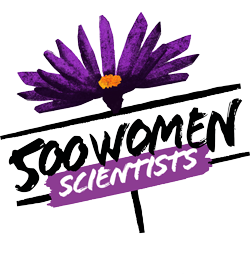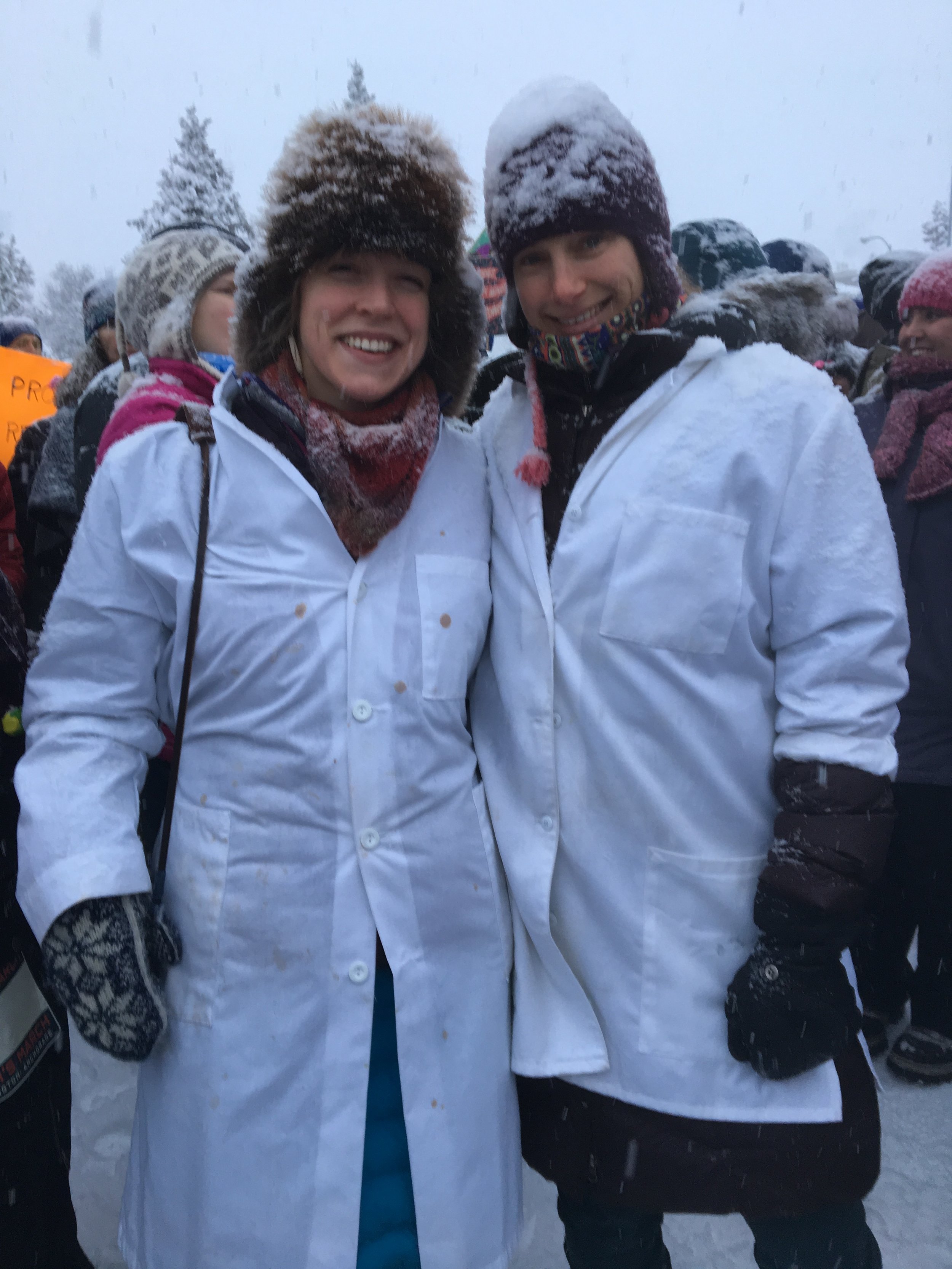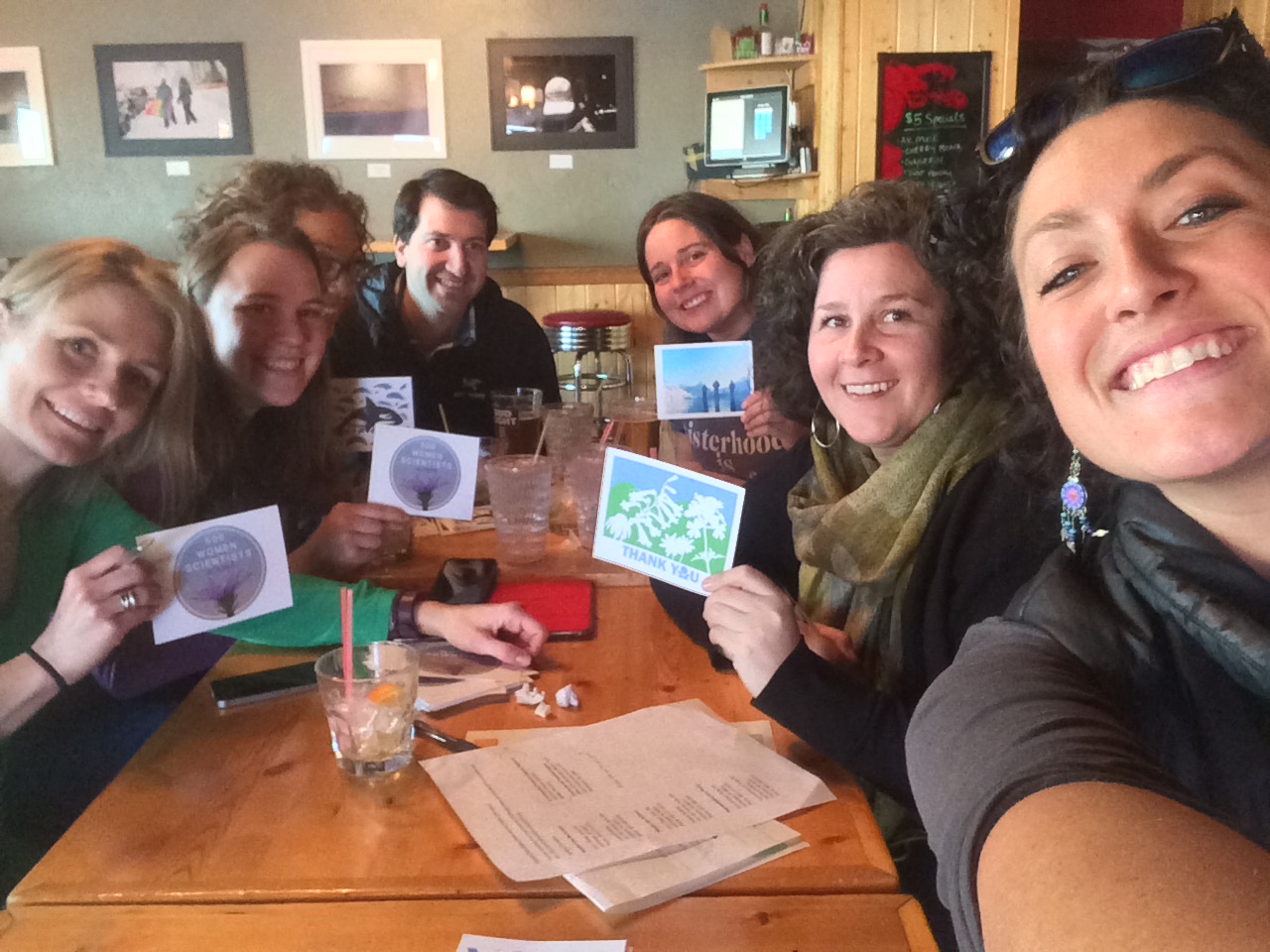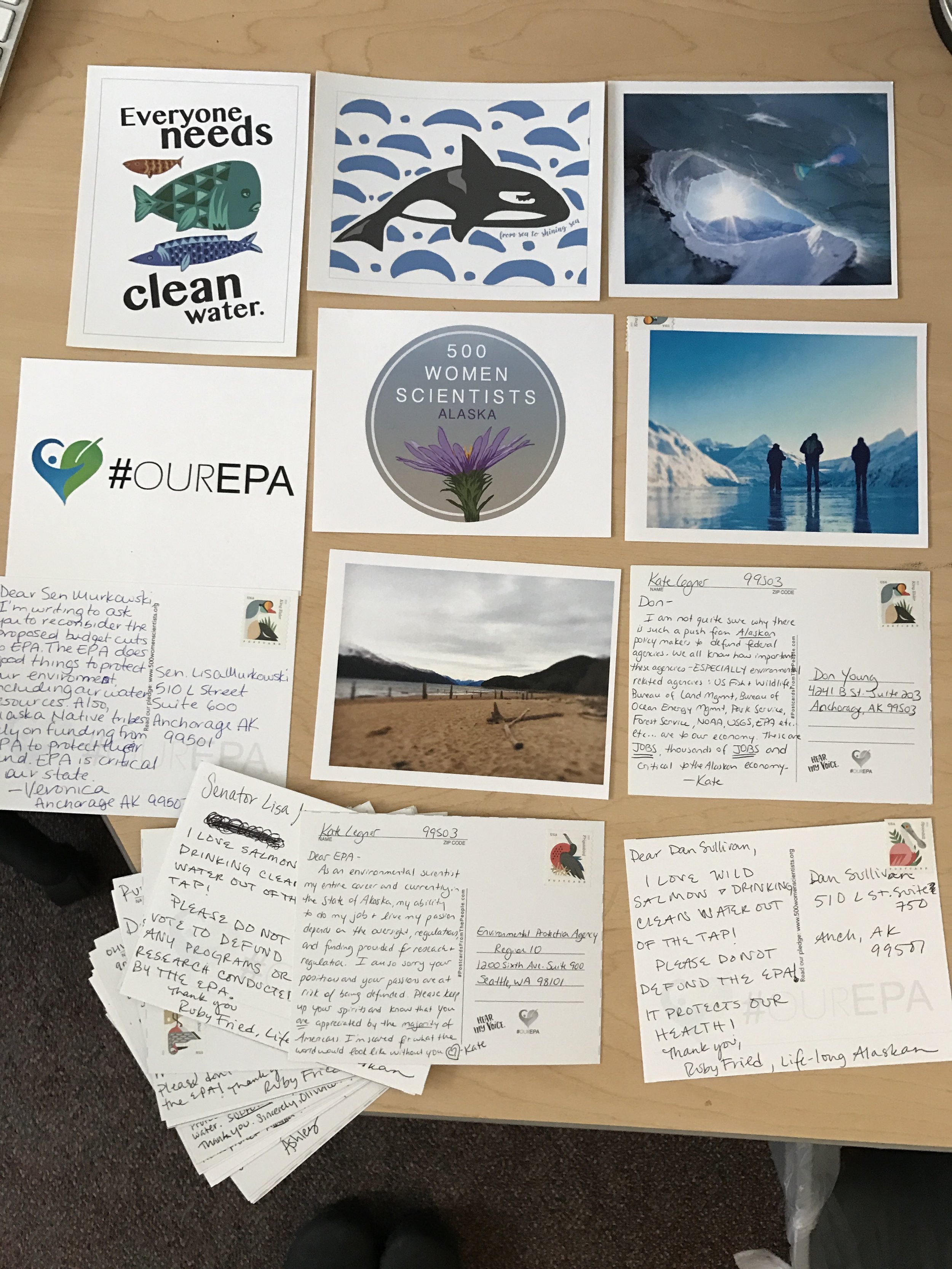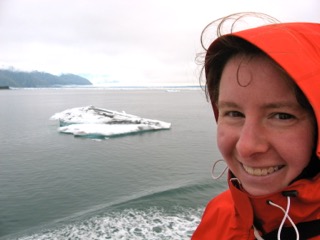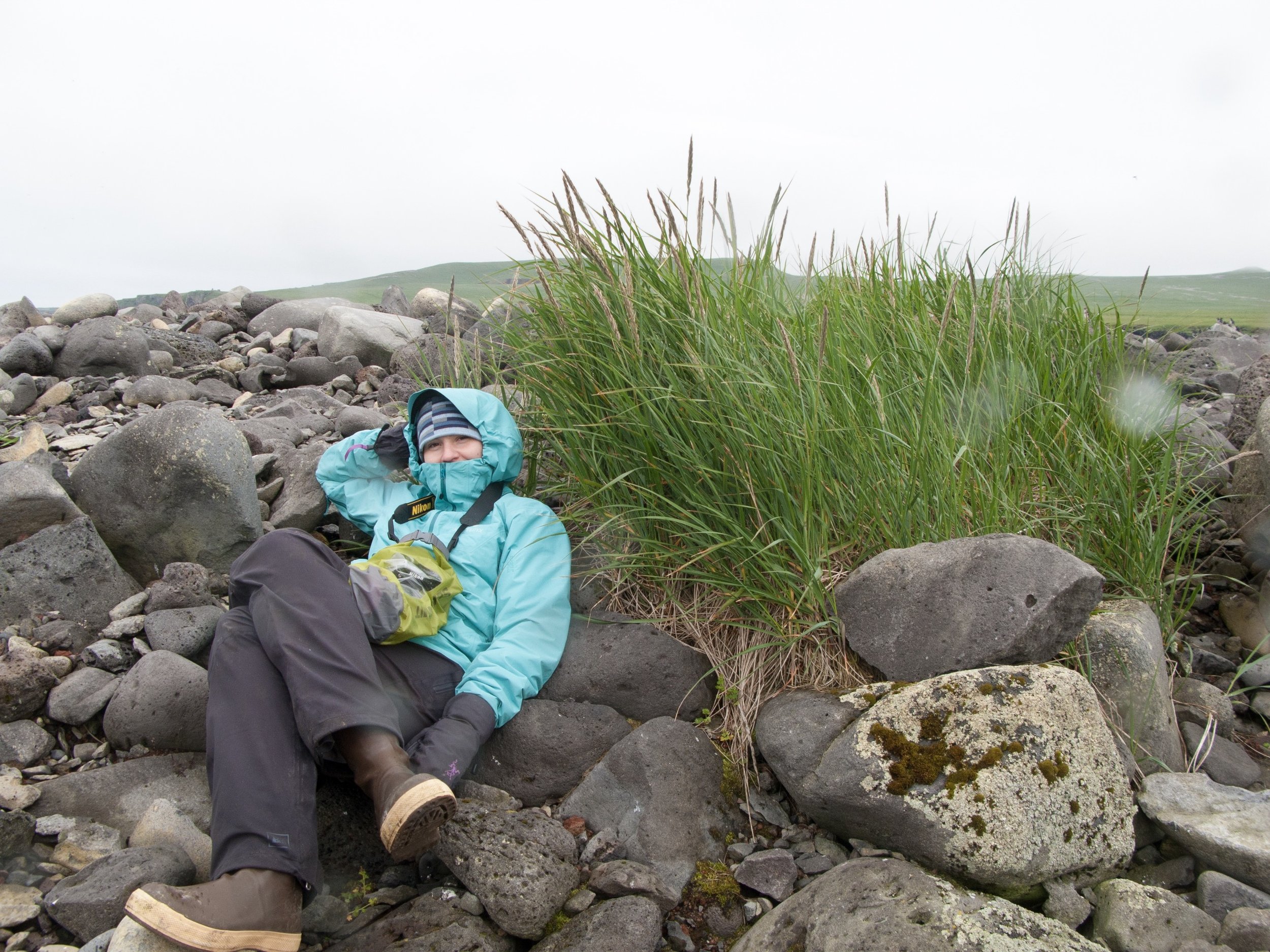I think a wonderful thing about our first meeting was that female scientists of all generations were there - professors who have been working at the uni for many years, people from fed and state agencies, graduate students, scientists from the private sector . . .
- Veronica Padula, Alaska Pod Leader
It is so wonderful to get to know our many pods! Each one has a different focus. While the DC group we heard from last week is focused on activism, the Alaska pod we talk to day is thinking about how to grow their network of women scientists in their state, and how to reach out to young girls. They also have great suggestions if you are starting your own pod. Thanks Alaska, can't wait to see what else comes from your group!
Pod Bio
Location: Alaska
Number of women: 19
Frequency of meeting: Approximately bi-monthly
Mission statement: The 500 Women Scientists Alaska Pod strongly believes in the power of STEM education as a means to empower students with critical skills to succeed in the future, and strives to make STEM fields more accessible at all levels by building connections with the community through education and outreach efforts.
You have decided to organize a statewide pod, how is this going, and how are you keeping everyone around the state in the loop?
Given the remote nature of some of the communities in which we live and work in Alaska, it is challenging for women scientists in or state to have opportunities to network with other female colleagues. As a result, we decided to have a statewide pod to take advantage of unique talents from across the state, and build connections that bridge communities. One of our goals is to give teachers and scientists from around the state chances to connect either virtually or in person through our Request a Scientist Program. In doing so, we aim to help scientists connect with remote communities as well as the state’s large homeschool population.
Our home base is in Anchorage, and we are working on identifying a communication system, such as Google Hangouts, to broaden participation at our meetings and facilitate participation from remote members. We have a Google Group for email communication, and aspects of our website will be focused on sharing meeting minutes, connecting members with resources pertaining to job opportunities and professional development, and posting information about conference meet ups.
Why is 500WS, and having a Pod, important for the women scientists in Alaska?
We held our first 500WS meet-up - before the Alaska Pod was even born - at the Alaska Marine Science Symposium in Anchorage in late January. We thought the meet-up would be a good time spread the word about 500WS and network with other women scientists in the area. We expected a handful people to attend and were thinking about how to make the time productive if the group was small. To our surprise and delight the room was overflowing, and the stream of productive conversation and discussion was non-stop. It was immediately clear that many in the room were craving a productive network of other Alaska women scientists to share ideas on effective outreach and address personal challenges. The Alaska Pod of 500WS is critically important because it fills this role.
Can you talk about your first activity the pod is focusing on? What actions and outputs do you envision? Who is your audience?
The primary focus of our pod is outreach - particularly to middle school age girls. To start this effort, we are working towards organizing a collaborative training for our pod with local area middle school educators to help our group target and deliver our outreach activities in the most effective and fun method possible!
Our pod activities are designed to inspire young girls to be part of science in two ways. First we aim to be active role models by being visible in the community as women scientists. Second, we plan to be strategic in our outreach efforts by working with local educators to train our pod members to be maximally effective in communicating about ourselves and our work. This way, when we spend time with young students in the community or in classrooms, we are using best practices to communicate our work, and directly addressing concerns and misconceptions that may keep girls out of science.
Tips for other pods across the country? What have you learned so far?
Much of our success so far has come from using our existing networks of women scientist friends and colleagues, and adjusting our goals to specifically fit the unique needs of Alaska. We have relied a lot on our personal networks of women friends and colleagues for every step of the process so far, and we recommend leaning on your networks and taking advantage of one another’s unique experiences and strengths. We also recommend thinking about the specific needs of your geographic region. A challenge that comes with being in Alaska is that not only are scientists spread out around the state, but we are also geographically isolated from the rest of the country making it difficult to interact with our broader scientific communities. As a result, there is a need in our state for stronger connections within our professional networks statewide, and the 500WS pod is ideal to fill that void. Other pods can also use the unique challenges of their region to maximize the impact of 500WS!
Leader of the Alaska Pod:
Emily Lescak is a NSF postdoctoral fellow at the University of Alaska Anchorage studying host-microbe interactions using threespine stickleback fish as a model organism.
Veronica Padula is a graduate student in fisheries, investigating the impacts of plastic marine debris on seabirds in the Bering Sea.
Kathy Kelsey is a postdoctoral fellow at the University of Alaska Anchorage studying the effects of climate change on terrestrial ecosystems in Alaska.
Ashley Stanek is a researcher at University of Alaska Anchorage studying wildlife ecology.
(photos: Emily, Kathy, Ashley)
